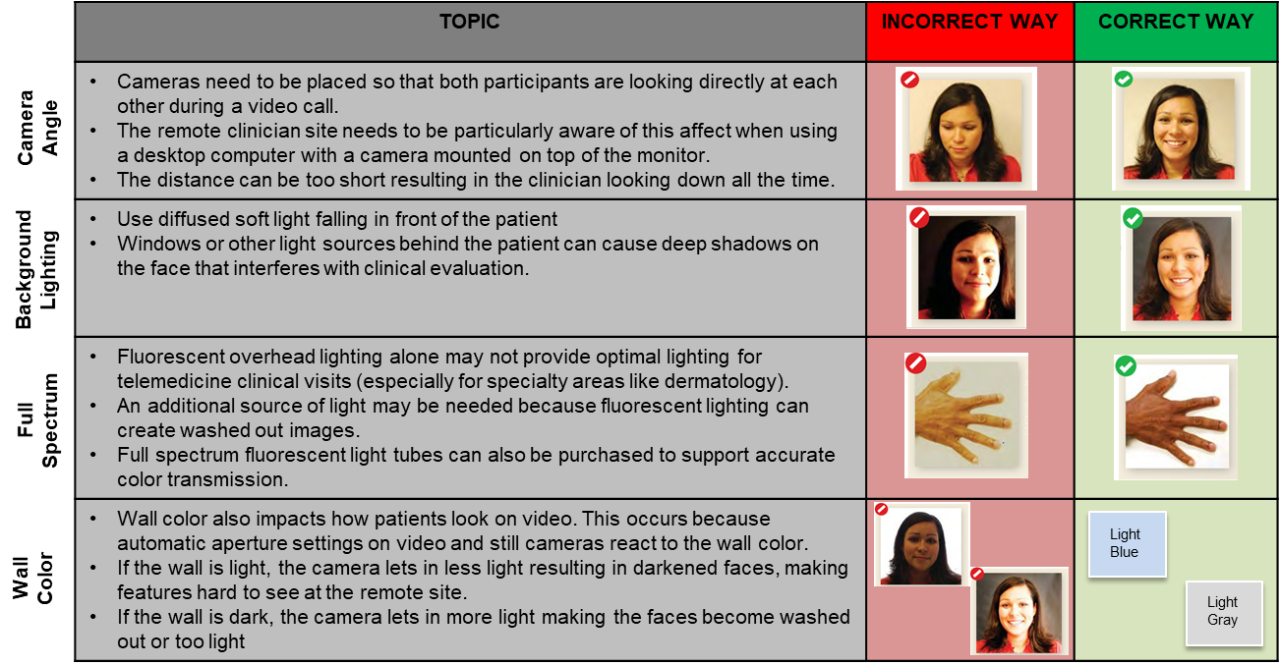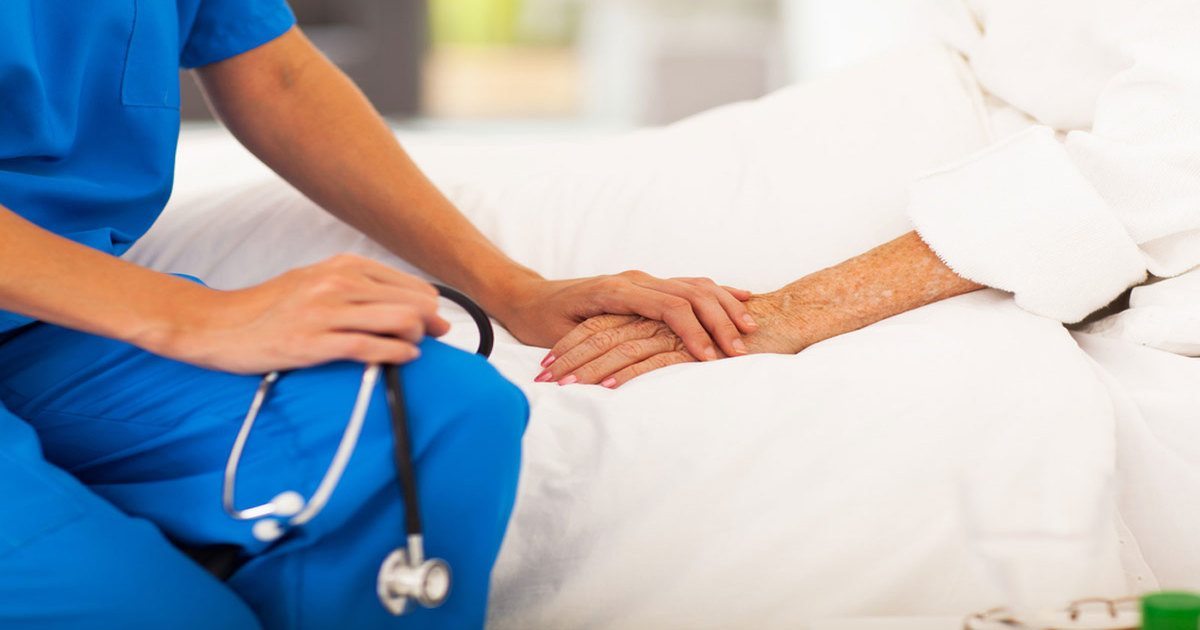This week’s blog topic is of our choosing. I would like to connect everything that we have talked about in class to try and determine why Paterson, NJ has been hit so hard by COVID-19. As I have talked about in previous blogs, Paterson has 7,091 confirmed cases, and Wayne has 1,330 confirmed cases. So why are the number of cases so different?
Population/Housing
One blaring reason for the difference in the number of COVID cases is that Paterson is a lot bigger than Wayne. Paterson’s population is around 148,000 people while Wayne’s population is roughly 54,000. It is simple math, if there are more people, more of them will be infected.
Another aspect of life in Paterson that needs to be considered is the housing arrangements. Paterson has an average of 3.21 people per household while Wayne only has 2.83. It is very common in Paterson that a family will move into a two-floor apartment and the grandparents will live on the bottom flood and the parents and children will live on the second floor. This housing arrangement is often referred to as a multifamily home. Here are some examples of multifamily homes for sale in Paterson.
Multifamily Home in Paterson NJ
The Economy
Another aspect that needs to be looked at in comparing Wayne and Paterson is the economies of both. The median household income in Paterson is Paterson’s median household income is $36,106 , and Wayne’s median income is $118,004. When these are factored into the national average, the poverty rate in Paterson is 28.1% and in Wayne it is 4.3%. Incase the message was not clear enough I will give another statistic. The total retail sales per capita in 2012 in Paterson was $5,852 and in Wayne it was $50,799. There are clear differences between the economies in Wayne and Paterson. People in Paterson simply do not have the extra money to out and spend it on a gym membership, or buy a $6 salad rather than buying a $2 Big Mac.
Insurance
As I have talked about in previous blogs 19.4% of people under 65 in Paterson do not have insurance, whereas in Wayne, 5.5% of people under 65 do not have insurance As mentioned above this makes sense. Due to the economic limitations people in Paterson simply cannot afford insurance.
Race is Not the Issue
We have often heard in the news that this virus is having a dramatic impact on Black and Hispanic communities The population of Paterson, NJ is 60.7% Hispanic or Latino, 25.7% Black or African American Alone, and 8.49% White Alone. However, race is not the issue; it is the situation that the people in Paterson are in. They are in a never-ending loop. Their economic situations do not allow them to eat healthy or exercise because they do not have access to other alternatives. They also do not have access to health insurance because they cannot afford it. This leads to people in Paterson living overall less healthy lifestyles because they do not have any other options.
So Why Has COVID Hit Paterson So Hard?
Paterson NJ is the perfect storm for COVID-19. To begin with, people are living with multiple generations in one house. This makes social distancing virtually impossible. Next, the people living in these houses do not have the financial accessibility to healthy foods, and healthy lifestyles such as gyms. This causes people living in Paterson to be more susceptible to diabetes, heart disease, and many other health conditions. As research has shown, COVID attacks people with preexisting health conditions such as heart disease and diabetes. Another reason COVID has it so hard is that people in Paterson often do not have the luxury of working from home like people in Wayne do. This makes social distancing impossible because people need to work in order to put food on their table.
The people that are “at risk” are at risk because this is simply the lifestyle they are forced to live due to their economic situation. It does not matter what race of people were living in Paterson, if they were forced to make the same decisions, they too would have higher levels of heart disease and diabetes, which would then put them “at risk” for COVID. The sad reality is that Paterson is the perfect example of what is happening all over this country. People living in cities that are in tough financial situations are often suffering from preexisting health conditions, which COVID just so happens to exploit.
How can this be Fixed?
The first thing that needs to be done is to help get people living in Paterson the proper healthcare they need. This would include more free health clinics, nutrition classes, and even free exercise classes. These simple activities could help allow the population in Paterson and cities all across America to access healthier lifestyles.













